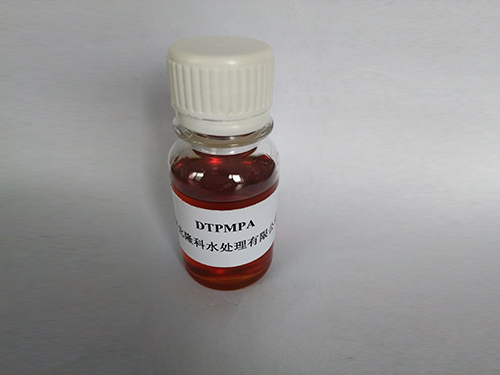Flocculants for Effective Water Treatment Solutions and Their Applications
Flocculants Used in Water Treatment An Essential Component in Ensuring Clean Water
Water is a vital resource for life. However, the water available in rivers, lakes, and other natural sources often contains impurities, which can manifest as suspended solids, microorganisms, and pollutants. To ensure that water is safe for consumption and use, various treatment processes are employed, among which flocculation plays a crucial role. This article explores the importance of flocculants in water treatment, their types, mechanisms, and applications.
Understanding Flocculation
Flocculation is a physical and chemical process that facilitates the aggregation of fine particles into larger clusters, known as flocs. These flocs can then be more easily removed from water through sedimentation, filtration, or flotation. The flocculation process is typically preceded by coagulation, where coagulants are added to neutralize the charges of suspended particles, thereby allowing them to come together and form flocs.
Types of Flocculants
Flocculants can be broadly categorized into organic and inorganic types.
1. Organic Flocculants These are usually synthetic or natural polymers that promote the aggregation of particles. Some common organic flocculants include
- Polyacrylamides These synthetic polymers are widely used due to their high efficiency in enhancing sedimentation and filtration processes. They can be cationic, anionic, or nonionic, depending on their charge, which is crucial for the specific application. - Natural Polymers Derived from natural sources, such as chitosan and starch, these flocculants are gaining popularity due to their environmental benefits and reduced toxicity.
2. Inorganic Flocculants These typically include metal salts, such as aluminum sulfate (alum) and ferric chloride. These coagulants work efficiently to destabilize particles, allowing them to aggregate and form larger flocs. They are often used in municipal water treatment plants and industrial applications due to their effectiveness and cost efficiency.
Mechanisms of Action
The effectiveness of flocculants in water treatment is attributed to their ability to bridge the gap between particles, thereby facilitating aggregation. When flocculants are added to water, they interact with suspended particles through mechanisms like charge neutralization, adsorption, and bridging.
flocculants used in water treatment

- Charge Neutralization Many suspended particles carry a negative charge, which repels them from each other. When a positively charged flocculant (such as a cationic polyacrylamide) is introduced, it neutralizes the charge of the particles, allowing them to come together.
- Adsorption and Bridging Flocculants can also adhere to the surface of particles, creating a network that connects them. This bridging effect is particularly effective when using high molecular weight flocculants that can span multiple particles.
Applications in Water Treatment
Flocculants are utilized in various water treatment processes, including
- Municipal Water Treatment They play a fundamental role in the purification of drinking water by removing turbidity and pathogens.
- Wastewater Treatment In industrial settings, flocculants are essential for clarifying wastewater by facilitating the removal of suspended solids, oils, and organic compounds.
- Mining and Pulp & Paper Industries In these industries, flocculants are used to separate valuable materials from waste, ensuring better recovery and reducing environmental impacts.
Environmental Considerations and Future Trends
As the global awareness of environmental issues grows, the demand for sustainable water treatment solutions is increasing. This has led to research into biodegradable and less toxic flocculants, such as those derived from plant materials. Additionally, advancements in nanotechnology offer the potential for more effective flocculants with enhanced properties.
In conclusion, flocculants are a critical component in water treatment processes, enabling the efficient removal of suspended solids and impurities. Their diverse applications and ongoing advancements make them indispensable in the quest for clean and safe water. As we look to the future, the development of eco-friendly flocculants will be pivotal in meeting both regulatory standards and environmental sustainability goals.
-
Pbtc Scale InhibitorPBTC: A Scale Protector for Industrial Water TreatmentNewsAug.05,2025
-
Organic Phosphonate: An Efficient Defender in the Field of Scale InhibitionNewsAug.05,2025
-
Hydrolyzed Polymaleic Anhydride: Green Pioneer in Scale Inhibition FieldNewsAug.05,2025
-
PAPEMP Polyamino Polyether Methylene Phosphonic Acid For SaleNewsAug.05,2025
-
Flocculant Water Treatment: A Pioneer in Purification in the Field of Water TreatmentNewsAug.05,2025
-
Benzyl Isothiazolinone: An Efficient and Broad-Spectrum Antibacterial Protective GuardNewsAug.05,2025





